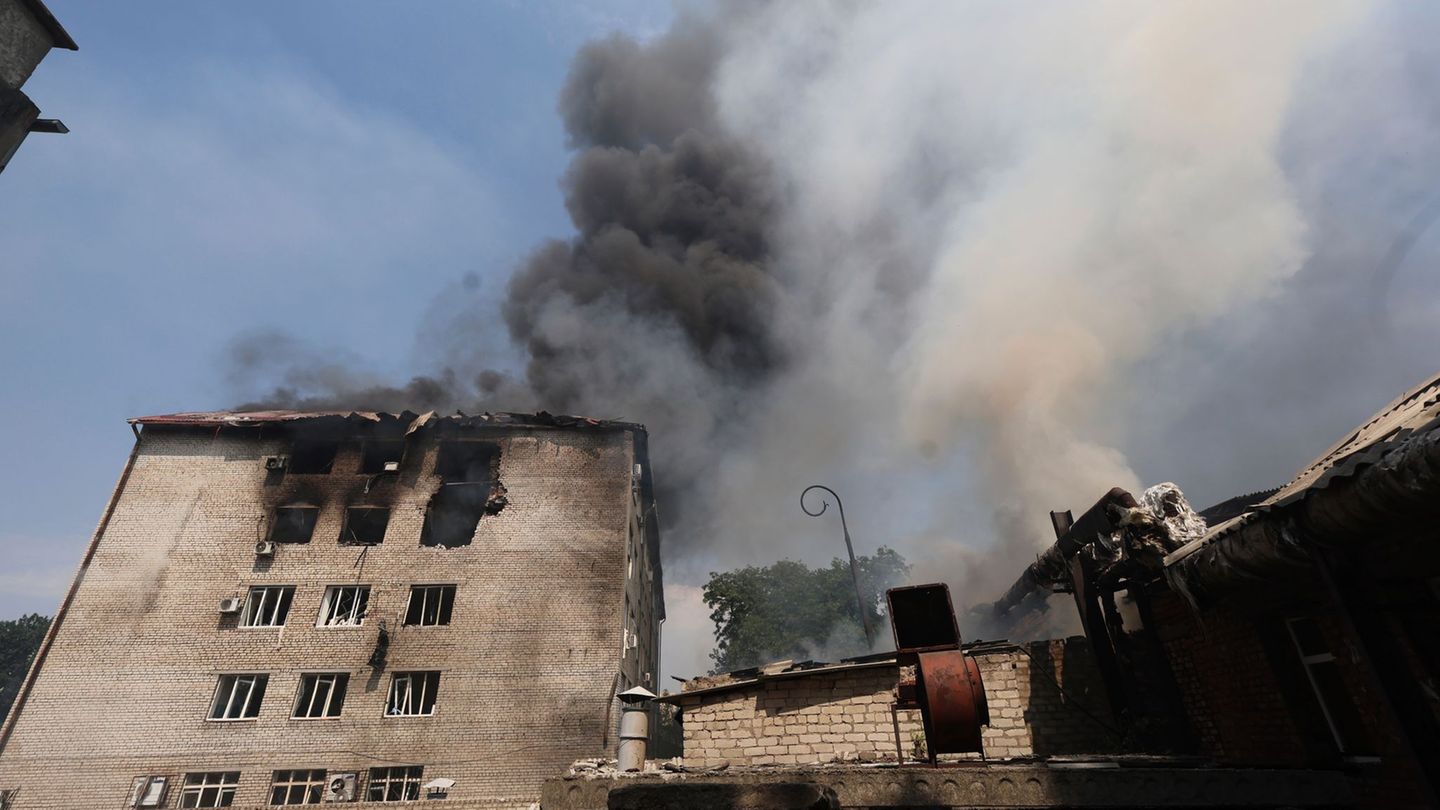Smoking parliament
That mean first voice and second voice in the Bundestag election
Copy the current link
Add to the memorial list
In the Bundestag election, first and second votes must be awarded again. The weighting is a little different than before – because of a reform. Here important facts about the choice.
On Sunday, February 23, the Bundestag election is – and as always, voters can award a first vote and a second vote.
The first voice is the one with which candidates are selected directly – here you can choose certain people. Most of the time, they are defined by the parties. But it is even possible to compete as an individual in the election. To do this, these must collect at least 200 signatures of voters from the constituency.
You can read all the latest news in our.
With the second vote you choose a party – or the list of a party. This voice gains weight through the new voting right, which was decided by the traffic light coalition in 2023. Due to the reform, the new Bundestag will also be significantly smaller than our current parliament, it should include a good 100 MPs less.
So far, all directly elected candidates have entered the Bundestag. For the composition of the parliament, the parties got the parties – plus the results of the direct candidates.
If you are not yet sure who to choose, the election machine for the 2025 Bundestag election can serve as a decision -making aid.
What changes through the voting right reform?
However, this led to the Bundestag greater and bigger in recent years. There are currently 733 MPs – the largest freely chosen parliament in the world. If you consider that Germany, in terms of area and inhabitants, is a rather small to medium -sized state in a global comparison, the current Bundestag in fact seems a lot bloated.
The first and second voice continue to weight- but with restrictions. Because the voting right reform limits the number of parliamentarians to a maximum of 630.
What are overhang mandates?
So far, there have been overhang mandates when a party got more direct mandates about the first votes than they were entitled to according to their second vote result. She was allowed to keep these mandates. The other parties received compensation mandates for this so that the percentage was again right.
So now there is no longer. The direct mandates from the first vote continue to have a priority in the distribution of the seats. However, this only applies as long as they are covered by the second vote share of the respective party.
Number of mandates corresponds to the proportion of the second votes
So someone can get a direct mandate, but then cannot move into the Bundestag because the contingent of the MPs is exhausted – that is, because the party has not received enough percentage overall.
However, other rules have remained: the federal territory is divided into 299 constituencies, and the five percent hurdle is still standing. To move into the Bundestag, a party has to get five percent of the second votes – or get at least three direct mandates.
Incidentally, theoretically, but persons -independent persons could continue to move into the Bundestag by direct mandate. The principle of the second part of the tuning does not apply here. However, it has never happened to us that a non -party individual applicant made it into parliament – and this is also unlikely in the upcoming Bundestag election.
Dpa · AFP
bung
Source: Stern
I have been working in the news industry for over 6 years, first as a reporter and now as an editor. I have covered politics extensively, and my work has appeared in major newspapers and online news outlets around the world. In addition to my writing, I also contribute regularly to 24 Hours World.





